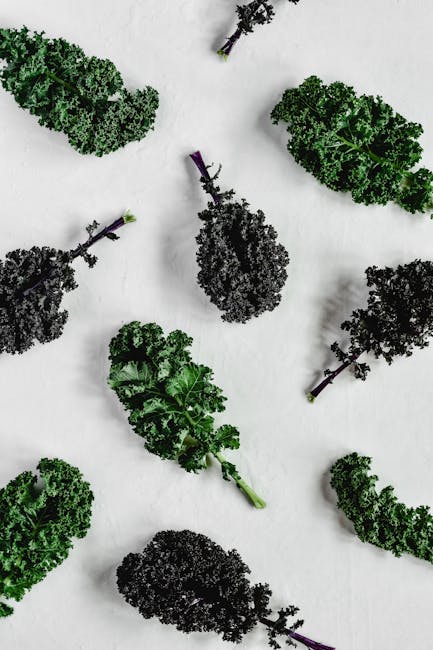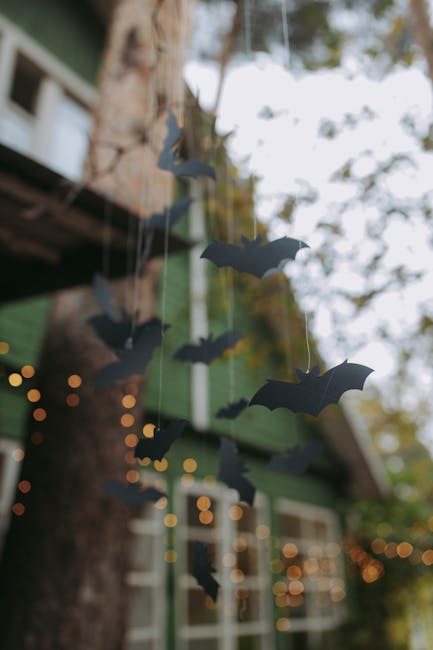
White spot disease, caused by the fungi Cercospora and Pseudocercosporella capsellae, poses a significant threat to cruciferous crops such as turnip, rutabaga, canola, mustard, radish, horseradish, and hybrids of turnips and mustard. However, crops like kale, collards, broccoli, and cauliflower are much less susceptible to this infection. This cool-weather disease thrives in temperatures between 55 to 65°F and has caused notable damage to canola crops in Europe, with pod losses reaching up to 15%.

Photo via Alamy
We may link to vendors to help you find relevant products. If you buy through one of our links, we may earn a commission. Cultural practices are key to controlling this disease. Below, we dive into the symptoms, life cycle, and effective control measures for managing white spot disease on crucifers.
What You’ll Learn
Symptoms of White Spot Disease
White spot disease is named for the circular white spots that appear on the leaves, stems, and pods of infected cruciferous plants. As these spots age, they may develop dark borders, and their centers can fall out, creating a “shot hole” appearance.

Photo courtesy of Gerald Holmes, California Polytechnic State University at San Luis Obispo, Bugwood.org
Severely affected leaves may turn yellow, dry out, and wither while remaining attached to the plant. Stem lesions are superficial, showing a clear boundary between healthy and diseased tissue. These lesions begin as brown spots before turning ash-gray or white, often accompanied by tiny dark specks known as gray stem. On seed pods, small brown spots form initially, expanding into grayish-white areas with dark specks.
Conditions Favoring Disease Development
Cool, moist conditions are ideal for the spread of white spot disease. Infected plant debris serves as a primary source of spores, which can be carried over long distances by wind during moist fall conditions following rain or dew, especially at temperatures of 55 to 65°F. Asexual spores are spread by rain or splashing water in late fall, leading to infections in the following spring. The fungus can overwinter in volunteer cruciferous plants or susceptible weeds such as wild mustard, wild radish, and shepherd’s purse.
Cultural Control Methods
Prevention is the cornerstone of managing white spot disease in crucifers. Start by eliminating susceptible weeds and volunteer cruciferous plants near your crops. At the end of the growing season, remove or deeply plow plant debris into the soil to prevent spore survival. Implement crop rotation by avoiding planting brassicas in the same area for at least three years. Additionally, avoid planting cole crops near previously infected areas and ensure good soil drainage to minimize infection risk.
Chemical Treatments
Liquid Copper Treatment
For organic management, apply a certified organic liquid copper solution to affected cole crops at the first sign of white spot disease. thoroughly coat the tops and bottoms of leaves and reapply every 7-10 days to maintain control.
Fungicide Treatment
At the onset of white spot symptoms, the fungicide Benlate, a 50% solution of benomyl, can be applied. Note that Benlate may be toxic to some crucifers, particularly cabbage, so use with caution and test on a small area first.
Host Specificity of White Spot Fungi
While white spot fungi severely impact crops like canola, turnip, and mustard—especially in Europe—they rarely affect kale, collards, cauliflower, or broccoli. The fungi thrive in cool temperatures and often overwinter on volunteer crucifers, susceptible weeds, or infected plant debris.

Photo courtesy of Clemson University – USDA Cooperative Extension Slide Series, Bugwood.org
Although liquid copper offers a treatment option, cultural prevention remains the most effective strategy for managing this disease.
Your Experience with White Spot Disease
Have you encountered white spot fungus on your cruciferous crops? Share your experiences and how your plants fared in the comments below. If you’re still trying to identify a disease on your cole crops, check out our other guides for more information.
© Ask the Experts, LLC. All Rights Reserved.
Product photo via Bonide. Uncredited photos: Shutterstock.







